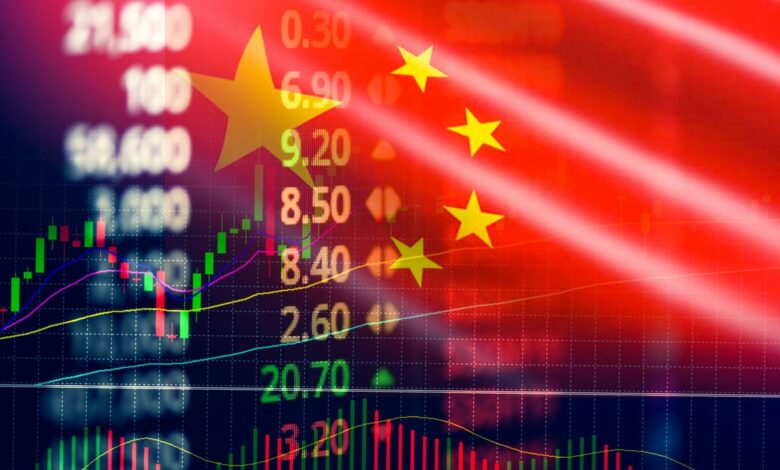China’s central bank tries to stop surge in currency’s value

China’s central bank is trying to restrain the surging exchange rate of its currency, temporarily backtracking in efforts to make the tightly controlled yuan more flexible and market-oriented.
On Monday, commercial lenders were ordered to hold more of their foreign currency as reserves in the central bank to limit sales after the yuan hit a four-year high of 6.3674 to the US dollar.
The People’s Bank of China is trying to deter speculators after the yuan rose by about 12% against the dollar since May.
The ruling Communist Party said in 2015 it planned to make the yuan a freely tradable and freely usable currency by last year. But it has kept controls in place due to concern about swings in the exchange rate and the flow of money into and out of the world’s second-largest economy.
It looks as if the PBoC still wants to stick to the idea of exchange rate liberalization, said Iris Pang of ING in a report.
But this is difficult to achieve if the PBoC doesn’t like speculators, Pang said. A market consists of FX users and investors, including speculators.
Monday’s order raised the amount of their foreign currency reserves banks must keep on deposit with the PBoC from 5% to 7%. That change, the first since 2007, will lock up about 20 billion of their 1 trillion in foreign currency, according to Macquarie Group.
The increase is a strong signal that policymakers are increasingly uncomfortable with the speed of the yuan’s rise, Macquarie said in a report.
The surge in the yuan’s value threatens to make China‘s goods more expensive in foreign markets, hampering a manufacturing revival following last year’s slump.
A stronger yuan would make imported oil, iron ore and other raw materials cheaper for Chinese manufacturers following a rise in global commodity prices. But Monday’s order suggested regulators are less worried about that than about financial stability.
In 2017, the central bank tightened controls on trading to stop a fall in the yuan’s value after a change in the mechanism used to determine its state-controlled exchange rate set off a flurry of selling.




